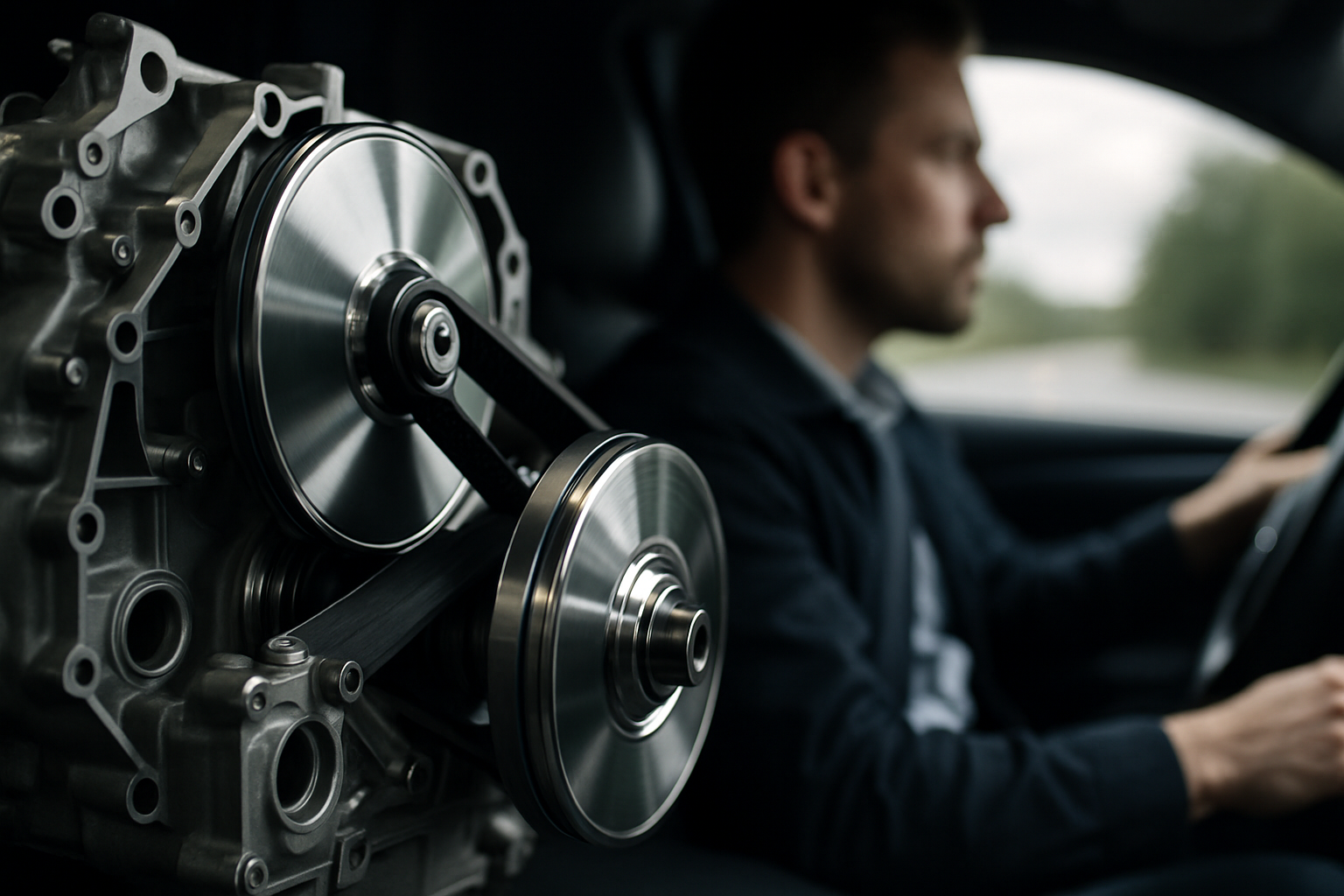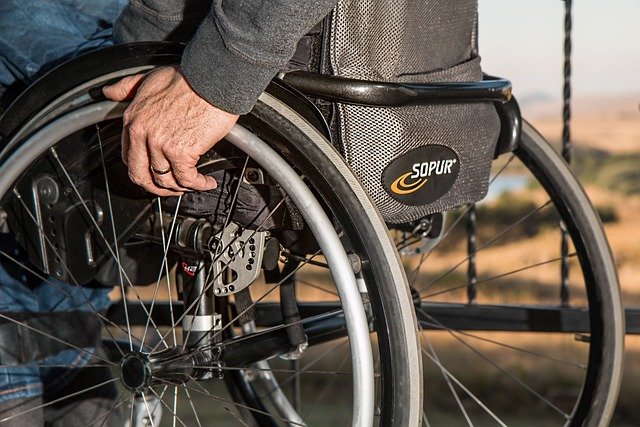Classic Ford Bronco — Practical Guide to Finding, Inspecting, and Buying Older Broncos for Sale
The Ford Bronco has earned its place as an American automotive icon, celebrated for its rugged capability and timeless design. For enthusiasts and collectors, finding a well-preserved classic Bronco represents both a passion project and a significant investment. This guide walks you through the essential steps of identifying the right model, verifying authenticity, spotting potential issues, understanding market pricing, and conducting thorough pre-purchase inspections to ensure you make an informed buying decision.

Acquiring a vintage Ford Bronco requires careful research, patience, and a keen eye for detail. Whether you’re drawn to the compact first-generation models or the larger later iterations, understanding the nuances of each generation helps narrow your search and avoid costly mistakes. This guide provides practical insights into every stage of the buying process, from identifying the right model to negotiating a fair price.
Identify Models, Generations, and Key Production Years
Ford produced the Bronco across five distinct generations from 1966 to 1996, each with unique characteristics and appeal. The first generation (1966-1977) remains the most sought-after, featuring a compact 92-inch wheelbase and removable top. These early Broncos came with inline-six or V8 engine options and are prized for their simplicity and off-road prowess.
The second generation (1978-1979) introduced a full-size platform based on the F-Series truck chassis, significantly increasing interior space and towing capacity. Third-generation models (1980-1986) refined the design with improved aerodynamics and fuel efficiency. Fourth-generation Broncos (1987-1991) featured modernized styling and electronic fuel injection, while fifth-generation models (1992-1996) offered enhanced safety features and updated interiors.
Key production years to consider include 1966-1968 for the original U13, U14, and U15 models, and 1977 for the final year of the compact design. The 1978-1979 transition years are relatively rare and often overlooked by collectors. Understanding these distinctions helps you target specific models that align with your preferences and budget.
Research Provenance, VINs and Authenticity Records
Verifying authenticity is crucial when purchasing any vintage vehicle. The Vehicle Identification Number (VIN) serves as the primary tool for confirming production details, original specifications, and ownership history. For Broncos manufactured before 1981, VINs contain 11 characters, while 1981 and later models use the standardized 17-character format.
Decoding the VIN reveals the model year, assembly plant, body style, engine type, and sequential production number. Cross-reference this information with the data plate located on the driver-side door jamb, which lists paint codes, trim levels, and factory-installed options. Discrepancies between the VIN, data plate, and actual vehicle components may indicate modifications, replacements, or potential fraud.
Request documentation including original title, maintenance records, previous registration documents, and any restoration receipts. Provenance documentation adds value and provides insight into how the vehicle was maintained throughout its life. For rare or highly desirable models, consider hiring a professional appraiser or vintage Ford specialist to authenticate the vehicle before committing to purchase.
Common Mechanical, Rust and Restoration Issues to Watch For
Vintage Broncos are known for their durability, but decades of use and exposure inevitably lead to wear and deterioration. Rust represents the most common and potentially expensive problem, particularly in models from regions with harsh winters or coastal climates. Inspect the frame rails, floor pans, rocker panels, door bottoms, and rear quarter panels carefully. Surface rust can be manageable, but structural corrosion compromises safety and requires extensive metalwork.
Mechanical concerns vary by generation. Early models may exhibit carburetor issues, worn steering components, and outdated brake systems that require upgrades for modern driving conditions. Later fuel-injected models can suffer from electrical gremlins, transmission problems, and transfer case wear. Check for oil leaks around the engine, transmission, and differentials, as gasket and seal replacement is common on older vehicles.
Suspension components including leaf springs, shackles, and shock absorbers wear over time and affect ride quality and handling. Inspect the steering box for play, and examine universal joints and driveshafts for excessive wear. Interior condition varies widely, with upholstery, dash pads, and carpeting often requiring replacement or restoration. Original parts are increasingly scarce and expensive, though the aftermarket offers reproduction components for most models.
Where to Search (Online, Auctions, Clubs) and Realistic Price Ranges
Finding the right classic Bronco requires casting a wide net across multiple platforms. Online marketplaces such as Bring a Trailer, Hemmings, ClassicCars.com, and eBay Motors feature regular listings with detailed photographs and descriptions. Specialized forums and social media groups dedicated to vintage Broncos often have members selling their vehicles or can connect you with private sellers.
Classic car auctions, both in-person and online, present opportunities to acquire well-documented examples, though competition can drive prices above market averages. Regional and national Ford clubs maintain classified sections and host events where enthusiasts buy, sell, and trade vehicles. Establishing relationships within the Bronco community can lead to off-market opportunities and valuable advice from experienced owners.
| Model Generation | Condition | Estimated Price Range |
|---|---|---|
| First Gen (1966-1977) | Project/Needs Work | $15,000 - $35,000 |
| First Gen (1966-1977) | Driver Quality | $40,000 - $75,000 |
| First Gen (1966-1977) | Restored/Excellent | $80,000 - $150,000+ |
| Second/Third Gen (1978-1986) | Driver Quality | $12,000 - $30,000 |
| Fourth/Fifth Gen (1987-1996) | Driver Quality | $8,000 - $20,000 |
Prices, rates, or cost estimates mentioned in this article are based on the latest available information but may change over time. Independent research is advised before making financial decisions.
First-generation Broncos command premium prices, with early uncut models and rare factory configurations reaching six figures. Later generations offer more affordable entry points, though well-maintained examples with low mileage are appreciating. Budget for additional restoration and maintenance costs beyond the purchase price, as few vintage Broncos are truly turnkey.
Pre-Purchase Inspection Checklist and Negotiation Tips
Before finalizing any purchase, conduct a comprehensive inspection or hire a qualified mechanic familiar with vintage Ford trucks. Begin with a visual examination of the body and frame, looking for rust, accident damage, and improper repairs. Check panel gaps, door alignment, and paint quality for signs of bodywork. Use a magnet to detect body filler, which may conceal underlying corrosion.
Test drive the vehicle on varied road surfaces to assess engine performance, transmission shifting, brake effectiveness, and steering response. Listen for unusual noises from the drivetrain, suspension, and exhaust system. Verify that all electrical components function properly, including lights, gauges, wipers, and accessories. For vehicles with four-wheel drive, engage the transfer case and confirm proper operation in both high and low range.
Document all findings with photographs and notes, then use this information during price negotiations. Be realistic about repair costs and factor them into your offer. Sellers often overestimate their vehicle’s condition, so objective evidence of needed work strengthens your negotiating position. Request additional documentation, arrange for independent inspections, and never feel pressured to complete a transaction before you’re fully satisfied with the vehicle’s condition and price.
Buying a classic Ford Bronco is a rewarding experience when approached with diligence and patience. By thoroughly researching models, verifying authenticity, identifying potential issues, exploring diverse marketplaces, and conducting detailed inspections, you position yourself to find a vintage Bronco that meets your expectations and provides years of enjoyment. The investment of time and effort in the buying process pays dividends in ownership satisfaction and long-term value retention.




